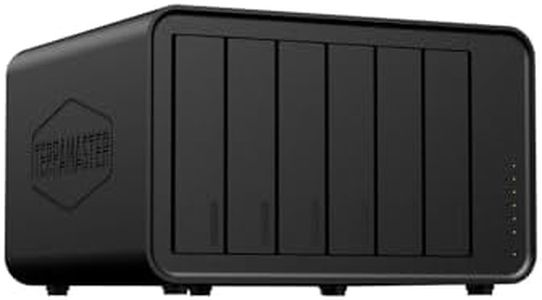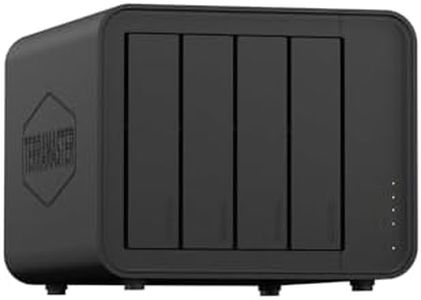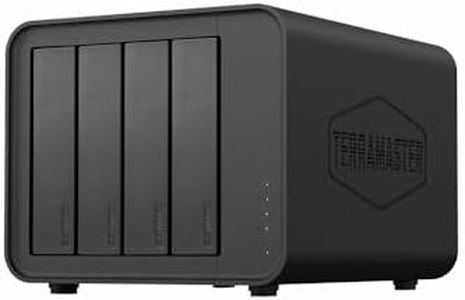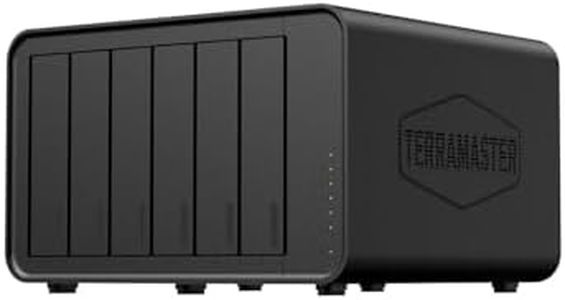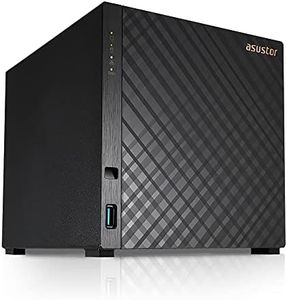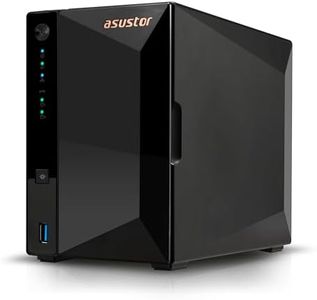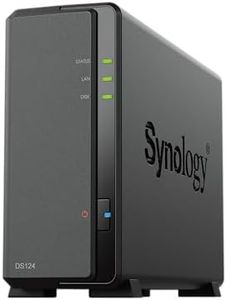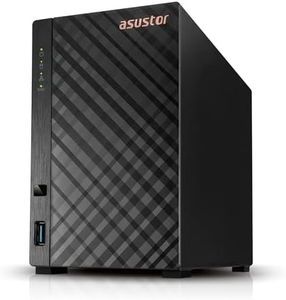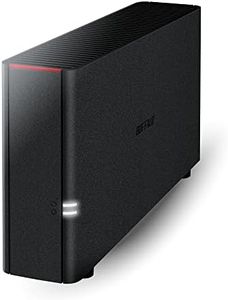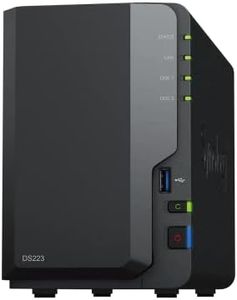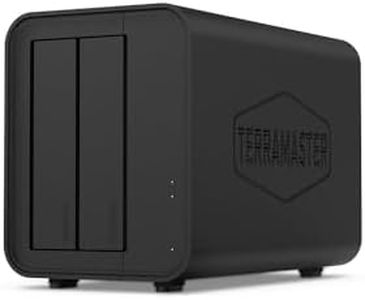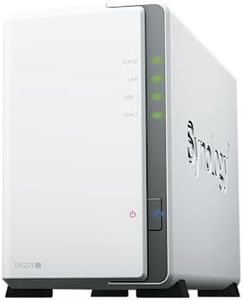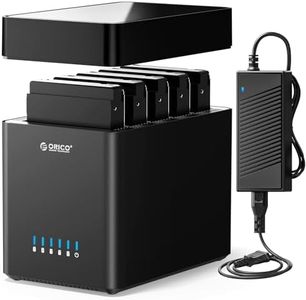We Use CookiesWe use cookies to enhance the security, performance,
functionality and for analytical and promotional activities. By continuing to browse this site you
are agreeing to our privacy policy
10 Best Personal Cloud Storage
From leading brands and best sellers available on the web.Buying Guide for the Best Personal Cloud Storage
Choosing the right personal cloud storage is all about balancing your storage needs, ease of use, and how much you value privacy and access from anywhere. Personal cloud storage lets you store your digital files—like photos, documents, and videos—in a space you control, usually at home, but with access from your devices over the internet. It can be a great alternative if you want more control than big, public cloud services, or if you need lots of space for a lifetime’s worth of memories. When you’re picking the right storage solution, focusing on a few key specifications can help you find the one that fits your lifestyle, technical comfort, and data needs.Storage CapacityStorage capacity is the amount of data you can save on your personal cloud device. It’s often measured in terabytes (TB) or sometimes gigabytes (GB). If you only need to store important documents and occasional photos, a smaller capacity (like 1-2TB) will likely be enough. If you are backing up multiple family devices, storing high-resolution photos, or keeping large video files, you’ll need a larger capacity (4TB, 8TB or more). Think about both your current needs and what you might need in the next few years—many people underestimate how quickly photo and video collections can grow.
Drive Type (HDD vs SSD)Personal cloud storage typically uses either hard disk drives (HDDs) or solid-state drives (SSDs) to store data. HDDs are more common and offer lots of space for less money, making them suitable for most users storing lots of big files. SSDs are faster and more durable, especially if the device is frequently accessed or moved around, but they usually come at a higher cost and with less storage space for the price. If speed and quick access to your files are essential, or if you are editing files directly off the cloud, an SSD-based device might be better. If you plan to mostly back up and archive files, an HDD will serve you well.
Connectivity OptionsConnectivity options describe how your personal cloud storage device connects to your home network and your devices. Most connect via Ethernet to your router, which offers stable and fast local access. Some also offer Wi-Fi or USB connections for direct access. Ethernet is best for fast and reliable performance, especially if more than one person will use the storage at once. Wi-Fi-enabled devices provide convenience if placing the device right by your router isn’t easy, but may be slower. Consider your home setup and whether easy, wireless access or maximum speed is more important to you.
Remote Access and Mobile SupportRemote access is your ability to reach your files from anywhere, not just at home. Good personal cloud solutions offer secure apps for desktop and mobile, letting you back up photos, stream videos, or retrieve documents on the go. If you travel or work remotely, look for devices that make it easy to access your files from any device, with a user-friendly app or website. If you mostly need storage for home use, remote features might be less critical, but still nice for peace of mind.
User Management and Sharing FeaturesUser management allows you to create separate accounts or permissions for different people, while sharing features let you send files or folders to friends and family. This matters if you want each family member to have private space, or if you need to share big files with people who aren’t at home. Solutions range from single-user setups, which are very simple, to advanced options with lots of sharing and secure guest access. If you’re just storing your own files, simple is fine. If you’re sharing devices or collaborating, look for these extra features.
Backup and Data ProtectionBackup features and data protection help safeguard your files from loss due to accidents, hardware issues, or theft. Some personal clouds make it easy to automate backups from your computers and phones, which is essential for peace of mind. Data protection can include things like RAID (which uses multiple drives to guard against failure), encryption for privacy, and cloud sync for a second layer of backup. If your files are irreplaceable, prioritize devices with robust backup features and good data protection options. If you just want a convenience copy of files already stored elsewhere, you can be less strict.
